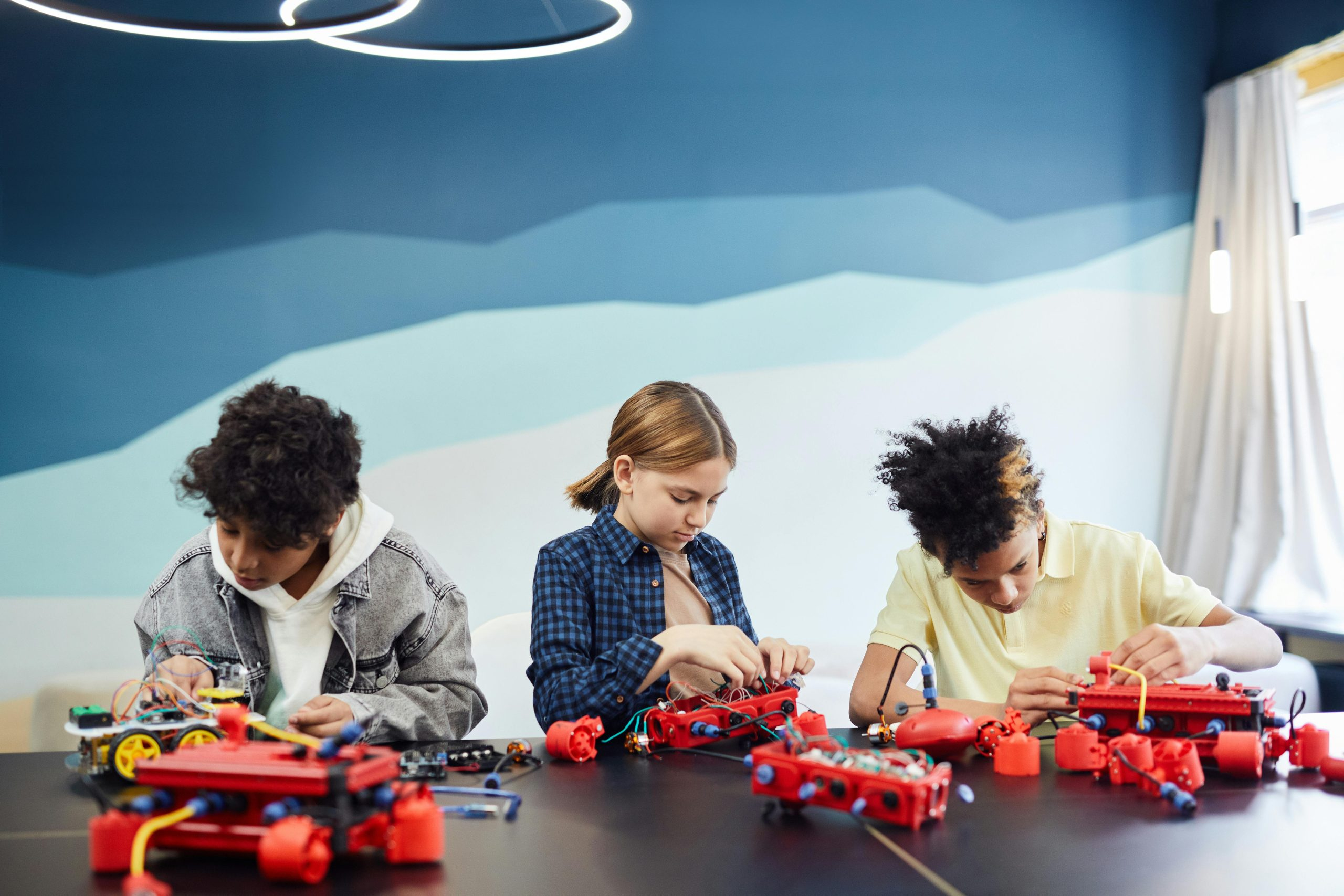Collaborative Problem-Solving: Preparing Students for Team Environments
Collaborative problem-solving is an essential skill in today’s fast-paced and interconnected world. As the workplace becomes increasingly team-based, it is crucial for students to develop the ability to work together effectively to solve complex problems. This not only lays a strong foundation for success in higher education but also prepares students for their future careers. In this article, we will explore the importance of collaborative problem-solving and how educators can prepare students for team environments through incorporating it into their teaching methods.
The Demand for Collaborative Problem-Solving Skills
In the past, individuals typically worked independently, relying solely on their own skills and knowledge to complete tasks. However, with the rise of technology and globalization, the dynamics of the workplace have greatly changed. Today, organizations require individuals to collaborate with others to tackle challenges and produce innovative solutions. The ability to effectively work in a team is now considered a crucial skill in the workplace.
According to a report by the World Economic Forum, complex problem solving, critical thinking, and creativity are among the top skills needed for success in the workplace in 2020. These skills are all closely linked to collaborative problem-solving, highlighting the significance of this skill in today’s job market.
The Benefits of Collaborative Problem-Solving
Collaborative problem-solving not only prepares students for the job market but also offers numerous benefits for their personal and academic growth. Here are some of the key advantages of incorporating collaborative problem-solving in the classroom:
1. Enhanced Communication Skills
In a team environment, individuals must be able to clearly communicate their ideas and actively listen to others. Through collaborative problem-solving, students learn how to effectively express their thoughts and opinions, as well as consider and integrate others’ perspectives. These skills are essential for building strong working relationships and promoting a positive and productive work environment.
2. Improved Problem-Solving Skills
Collaborative problem-solving involves combining the knowledge, skills, and ideas of team members to find the best solutions. By working together, students learn to analyze problems from various angles and develop a deeper understanding of the issue at hand. This leads to more effective problem-solving and encourages students to think critically and creatively.
3. Increased Confidence and Self-Esteem
Collaborative problem-solving allows students to contribute to a common goal and see the impact of their ideas. This promotes a sense of accomplishment, which can boost self-confidence and self-esteem. Additionally, working with others in a supportive and inclusive environment can help students build a sense of belonging and develop positive self-perceptions.
Incorporating Collaborative Problem-Solving in Teaching
The traditional classroom setting can often be focused on individual learning and evaluation. However, by incorporating collaborative problem-solving into teaching methods, educators can provide students with valuable opportunities to develop their teamwork skills. Here are some approaches that educators can use to incorporate collaborative problem-solving in the classroom:
1. Group Projects
Group projects allow students to work together, practice problem-solving and communication skills, and come up with solutions as a team. It is important to assign roles to each group member and set clear guidelines and expectations to ensure equal participation and productivity.
2. Case Studies and Role-Playing
Using case studies and role-playing activities can help students apply their knowledge to real-life scenarios. These activities can be done in groups, and students can work together to analyze the situation, identify the problem, and develop possible solutions. This approach also encourages students to consider varied perspectives and think critically.
3. Debates and Discussions
Classroom debates and discussions provide a platform for students to share their thoughts and engage in critical thinking. By providing an open and inclusive environment, educators can encourage students to present their perspectives, listen to others, and reach a collaborative solution.
Conclusion
In today’s fast-paced world, the ability to collaborate and problem-solve effectively is essential for success. As educators, it is our responsibility to prepare students for the demands of the modern workplace. By incorporating collaborative problem-solving in our teaching methods, we can equip students with valuable skills that will not only benefit them personally but also make them highly desirable in the job market.
So let us foster a collaborative learning environment and empower our students to become effective and efficient problem-solvers in the ever-changing world we live in.










